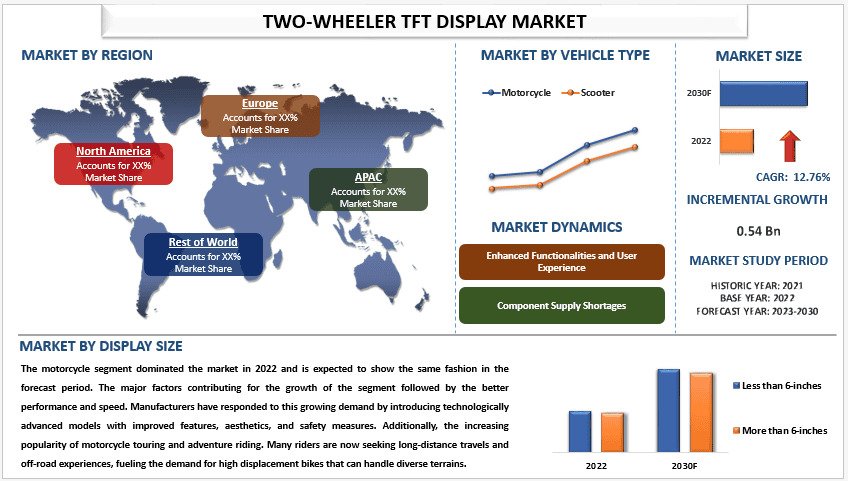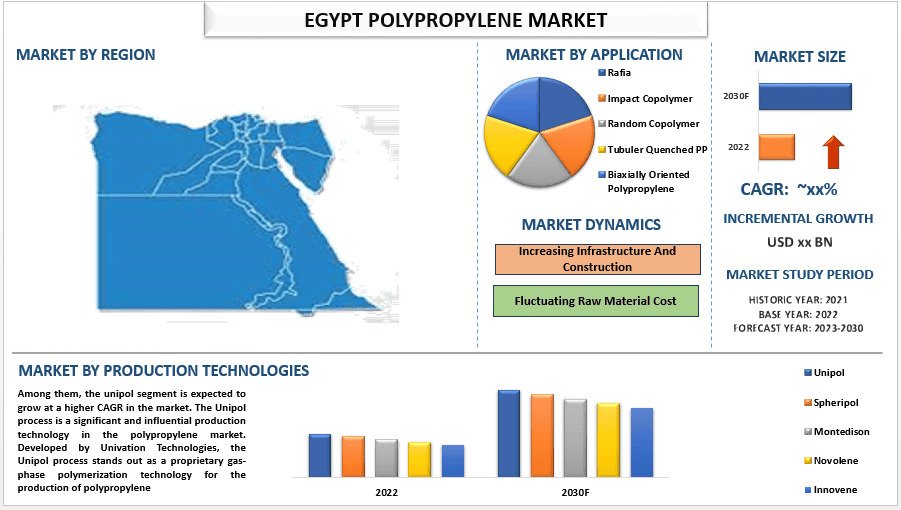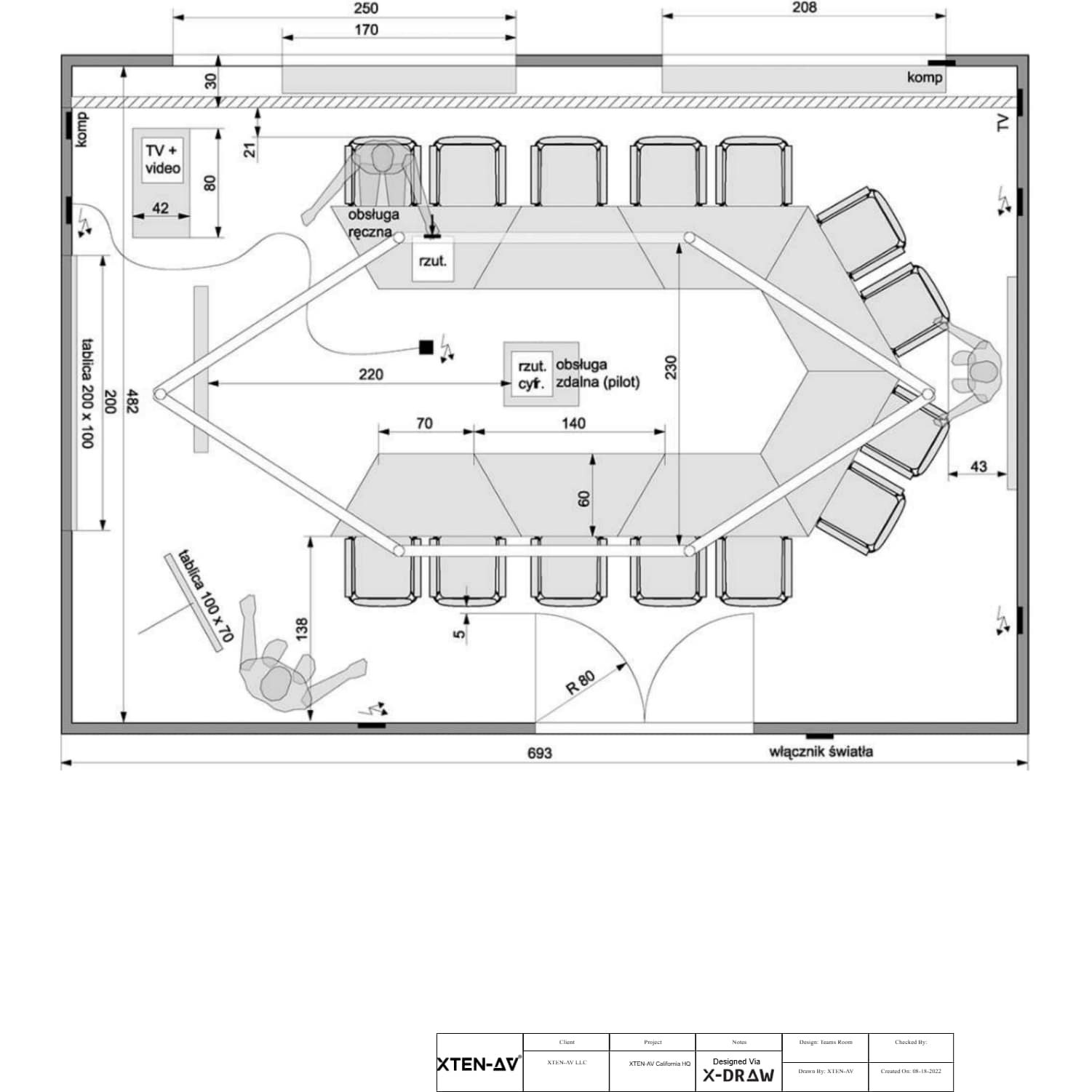At MyT Machining, we pride ourselves on delivering precision-engineered parts made from high-performance materials. One such material that continues to gain popularity in CNC machining is acetal copolymer, commonly known as Acetal C. With its superior dimensional stability, machinability, and resistance to wear, Acetal C is the preferred choice for manufacturers across automotive, medical, and industrial sectors. Our extensive experience in acetal c machining allows us to deliver consistent, high-quality parts for demanding applications.
This article explores the benefits of Acetal C, key machining techniques, common applications, and how MyT Machining maximizes its performance in real-world production.
What Is Acetal C?
Acetal C, or polyoxymethylene copolymer (POM-C), is an engineering thermoplastic known for its balance of strength, stability, and ease of processing. It belongs to the acetal family of plastics, which includes both homopolymer (POM-H) and copolymer variants. Acetal C is specifically engineered for environments where moisture, impact, and chemical resistance are critical.
Notable Properties:
- Excellent mechanical strength
- Low friction and good wear resistance
- High dimensional stability
- Minimal moisture absorption
- Good resistance to fuels, oils, and solvents
- Smooth surface finish after machining
These properties make Acetal C a strong candidate for parts requiring consistent mechanical performance and precision fit.
Benefits of Acetal C in CNC Machining
When selecting a thermoplastic for precision machining, Acetal C consistently stands out. Here’s why:
1. Outstanding Machinability
Acetal C machines much like aluminum. It produces clean chips, maintains tight tolerances, and supports high cutting speeds without compromising part quality. Its low internal stress reduces warping, and it doesn’t require pre-drying before machining.
2. Dimensional Stability
With low water absorption and a low coefficient of thermal expansion, Acetal C maintains dimensional accuracy even in environments with fluctuating humidity or temperature.
3. Superior Surface Finish
Thanks to its uniform structure, Acetal C delivers a smooth finish straight off the machine, minimizing the need for additional polishing or post-processing.
4. Long-Term Durability
Acetal C resists fatigue, creep, and abrasion, making it ideal for components under continuous mechanical stress or in high-cycling systems.
5. Compatibility with Food and Medical Standards
FDA-compliant grades of Acetal C are available, allowing its use in food processing, beverage machinery, and medical device components.
Key Industries and Applications
Acetal C is used across a range of industries, particularly when plastic components must offer high precision and repeatability. Below are some of the most common applications:
Automotive
- Valve components
- Fuel system fittings
- Gear wheels and bushings
- Sensor and electrical enclosures
Medical Devices
- Pump housings
- Fluidic control valves
- Guide rails
- Diagnostic equipment components
Food and Beverage Processing
- Conveyor system components
- Sanitary gear mechanisms
- Slide bearings
- Washdown-compatible supports
Consumer Products
- Housings for small appliances
- Precision moving parts
- Electrical insulation
- Button assemblies
Industrial Equipment
- Gears and sprockets
- Custom spacers
- Low-friction bushings
- Automated assembly jigs
Best Practices for Machining Acetal C
Although Acetal C is one of the easiest thermoplastics to machine, adhering to machining best practices ensures optimal outcomes:
Tooling Recommendations
- Use sharp, polished carbide tools to prevent melting or rough edges.
- Avoid dull tools that cause chatter or thermal stress.
- Use chip breakers to handle long, stringy chips.
Machining Speeds and Feeds
- Cutting speeds: 500–1000 SFM (surface feet per minute)
- Feed rates: Medium to high, depending on part complexity
- Climb milling is preferred to minimize heat buildup and improve chip evacuation.
Workholding and Fixturing
- Soft jaws or vacuum fixturing prevent distortion during clamping.
- Avoid excessive clamping pressure to maintain dimensional accuracy.
Coolant Usage
- Acetal C typically doesn’t require coolant, but compressed air or mist coolant can be used for long runs to control heat.
Drilling and Tapping
- Use slow RPMs for tapping to prevent deformation.
- Use spiral-flute taps for blind holes and bottoming taps when necessary.
Design Guidelines for Engineers
When designing parts to be machined from Acetal C, engineers should follow a few material-specific guidelines:
- Avoid very thin walls (under 0.040″) to prevent vibration and chipping.
- Include radii in internal corners to reduce tool load and improve flow.
- Use generous clearances on moving components to account for thermal expansion.
Proper design coupled with CNC expertise ensures minimal deviation during production and improved mechanical function in the end-use environment.
Acetal C vs Other Engineering Plastics
Here’s how Acetal C compares with other popular plastics used in CNC machining:
| Property | Acetal C | Delrin (POM-H) | Nylon | UHMW |
|---|---|---|---|---|
| Machinability | Excellent | Excellent | Good | Fair |
| Dimensional Stability | Excellent | Very Good | Moderate | Poor |
| Friction Resistance | Low | Low | Moderate | Very Low |
| Moisture Resistance | High | Moderate | Low | High |
| FDA Compliance | Available | Available | Available | Available |
Acetal C offers the best balance for applications requiring tight tolerances, chemical resistance, and long wear life—particularly when the part will be exposed to moisture.
Why Choose MyT Machining for Acetal C Parts?
At MyT Machining, we are not just equipped to machine Acetal C—we are experts at optimizing it. Our engineers understand how to unlock the material’s strengths while avoiding pitfalls that come from improper speeds, feeds, or fixturing.
Our Capabilities Include:
- Precision multi-axis CNC machining
- Material sourcing and material certification (including FDA-grade POM-C)
- Prototype and high-volume production
- CMM inspection and full documentation
- Fast turnaround with competitive pricing
Whether you’re building complex assemblies or single-function components, our team is ready to meet your exact specifications using best-in-class CNC practices.
The Future of Acetal C Machining
As industries demand stronger, lighter, and more reliable plastic components, Acetal C will continue to grow in relevance. Its performance under stress, resistance to water and chemicals, and ease of manufacturing make it ideal for future-ready designs in automotive electrification, medical innovation, and food automation.
Combined with data-driven CNC technology, Acetal C machining represents a high-value, low-risk approach to modern part fabrication.
Conclusion
Acetal C machining is a reliable and high-performance solution for manufacturers needing tight tolerances, smooth finishes, and long-lasting parts. Its advantages in mechanical strength, wear resistance, and machinability make it a staple across industries. At MyT Machining, we combine the capabilities of advanced CNC systems with material-specific expertise to produce top-quality Acetal C components tailored to your needs.












Leave a Reply